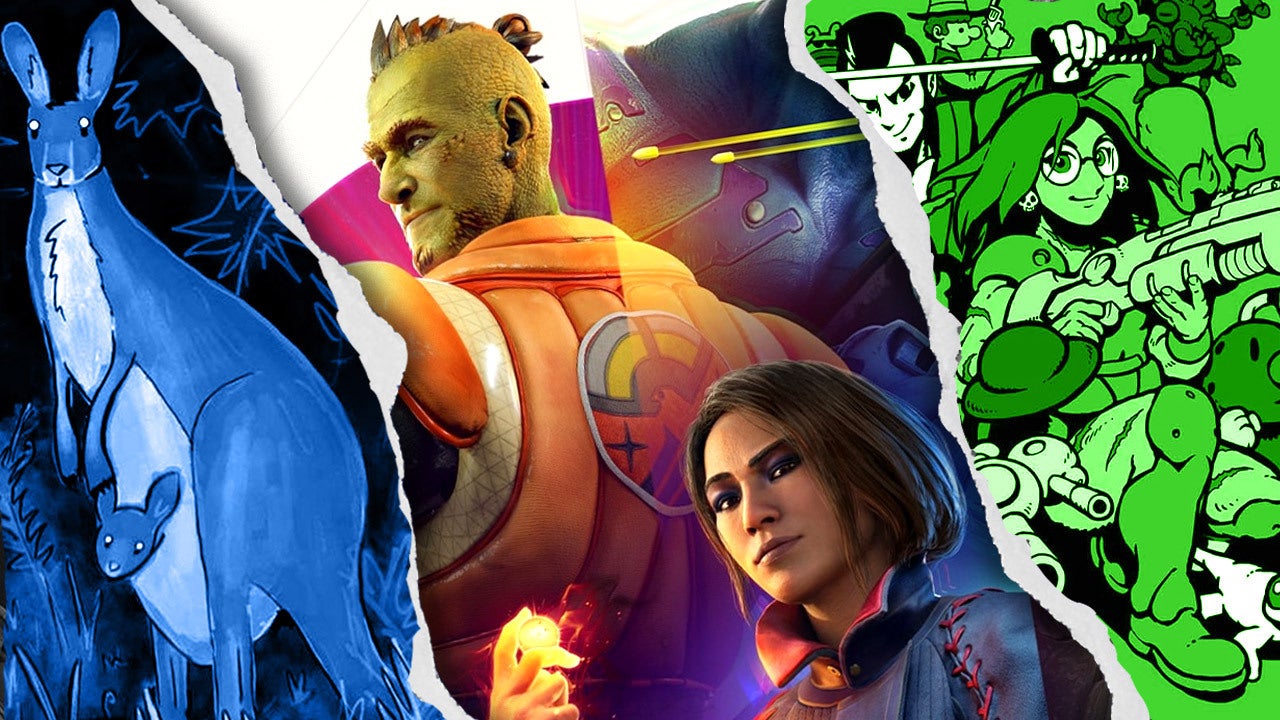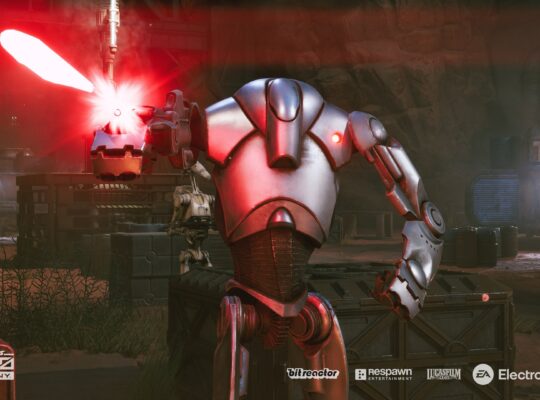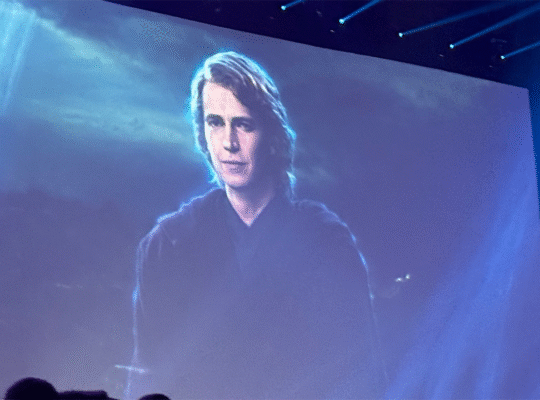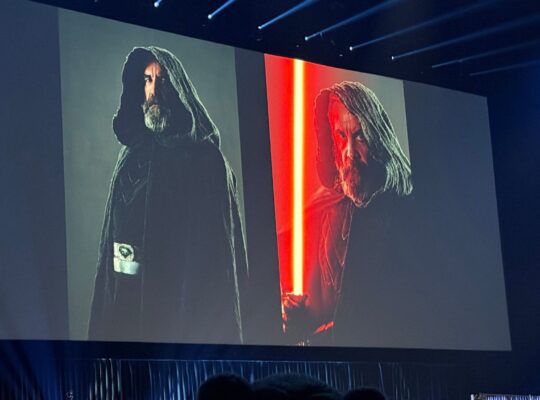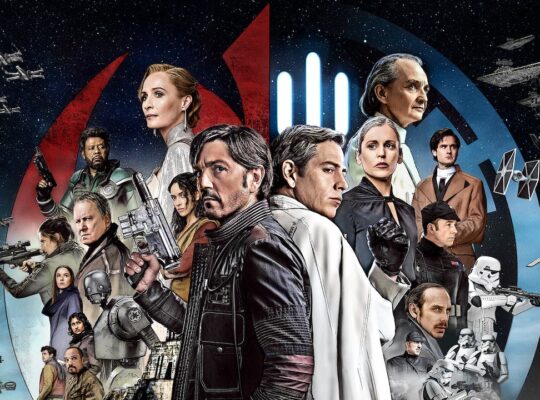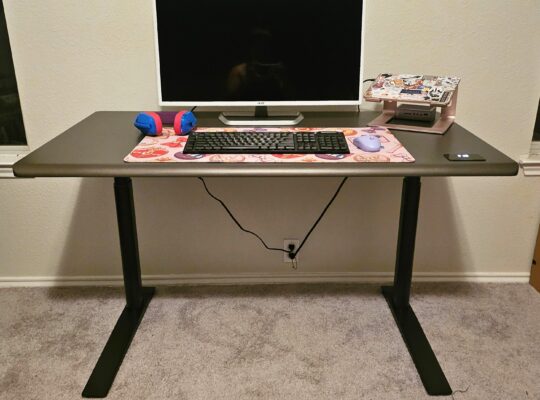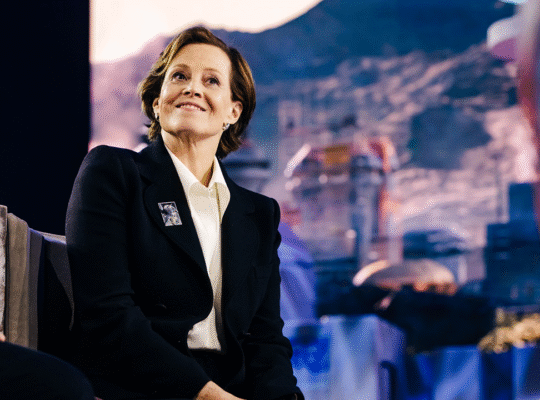The video game industry is currently in the thralls of a paradox. For players, it could be argued we’re in one of the greatest times for gaming – there’s incredible breadth of choice across consoles, handhelds and PCs made ever-more accessible through gaming subscription services like Xbox Game Pass and PlayStation Plus. But from an industry perspective, things could not be more dire. More and more studios seem to be closing, original IPs are being scrapped mid-development, and vast legions of game developers, programmers, artists, and animators have been cut loose. To put it simply: the AAA video game bubble has finally burst.
Across the past two years, over 23,000 jobs in the video game industry were lost, with a staggering 6,000 in January 2024 alone. Over 30 video game development studios have ceased operations including Arkane Austin, Volition, and most recently, Firewalk Studios. What’s worse, this trend only shows signs of continuing rather than diminishing. How did we get here? Some analysts have concluded these closures and redundancies are a necessary remedy to companies having overextended themselves in response to inflated demand in the market during the COVID-19 pandemic. While that’s undeniably a factor, I believe the truth lies in other long-gestating issues within the AAA project bubble.
Just five years ago, AAA projects’ average budget ranged $50 – $150 million. Today, the minimum average is $200 million. Call of Duty’s new benchmark is $300 million, with Activision admitting in the Competition & Market Authority’s report on AAA development that it now takes the efforts of one-and-a-half studios just to complete the annual Call of Duty title.
It’s far from just Call of Duty facing ballooning costs. In the same CMA report, an anonymous publisher admits that development costs for one of its franchises reached $660 million. With $550 million of marketing costs on top, that is a $1.2 billion game. To put that into perspective, Minecraft – the world’s best-selling video game of all time – has of last year only achieved $3 billion. It took 12 years to reach that figure, having launched in 2011.
The realities of these budgets mean entire publishing houses are massively overstretched and are now desperately facing the consequences: if their developers’ huge projects don’t make money immediately, they must die. Sega’s sci-fi shooter ‘super game’ Hyenas was in development at Creative Assembly for seven years, and – just as it was publicly playable for the first time via alpha testing – it was cancelled. The reason? Sega preemptively concluded Hyenas couldn’t make its money back.
Blizzard’s survival project Odyssey had a similar trajectory. Odyssey would’ve been the studio’s first new IP in eight years and, given the market’s love for games like Minecraft and Rust, such a gaming titan should’ve undoubtedly made waves with this project. When Microsoft acquired Activision Blizzard, the project was swiftly killed with little reason publicly given beyond inconveniences in switching engines to increase player count on the servers.
These examples of the current AAA publishing cull reflect a deep-rooted fear to engage with anything new and original, with publishers perhaps more risk-averse than ever to stray out of their established IP safety bars. But even well-known IP that could be worth millions in sales and revenue is being left to rot. Despite owning Infamous, Jak & Daxter, Killzone, Resistance and Sly Cooper to name a few entries in PlayStations’s sprawling dormant library, Sony CFO Hiroki Totoki recently claimed the company lacks enough original IP to consolidate itself as a true gaming powerhouse.
What Totoki may mean is that Sony’s older catalogue of library IP does not fit the mould of what every publisher has been mindlessly chasing for the better part of the decade – the next big live-service money printer. It’s difficult to imagine much fanfare for a Sly Cooper reboot where Bentley and Murray are purchase-to-play, grand heists are season pass bonuses and worlds are delivered half-baked instead of fully formed. It’s undeniable that on some level, the video game market has changed forever because of the live-service model. New video games don’t just have to compete with new rivals but somehow find space in an increasingly crowded market dominated by decade-old titles like Fortnite and Grand Theft Auto: Online – games which will continue to hold higher player counts than many of the top-sold games of the last few years. But live-service titles require investment of not only money, but time to find their audience – neither of which was afforded to Firewalk Studios’ Concord.
The recent fate of Concord’s Firewalk Studios serves as a microcosm for the increasingly bleak outlook for the next few years in video game development. Concord was Firewalk’s first game, its baby in many ways. An eight-year development bolstered by a Sony acquisition (with a reported cash injection of $200 million plus), PlayStation reportedly believed it had the next Star Wars-esque franchise on its hands. But the game struggled significantly across both its beta testing period and launch, and was soon completely shut down by Sony, with Firewalk closed for business shortly after. Concord’s downfall happened faster than any other failed game of the live-service era.
Just a decade earlier, though, a similar disaster was plaguing Blizzard’s Diablo 3 – the crippling ‘Error 37’ message made the game unplayable and fans worldwide decried the absolute failure to launch. Soon after, the game’s real-money auction house left players with a foul taste in their mouth and Diablo 3’s reputation was roasting in the fires. But rather than abandoning it, Blizzard not only repaired the game and removed the Auction House, but fundamentally upgraded and evolved it to Diablo 3 2.0 with its Reaper of Souls expansion, finally cementing its comeback as a brilliant game. It’s a similar story we’ve seen with CD Projekt Red’s hard-fought battle to win Cyberpunk 2077 fans back.
If the alleged $200 million + budget had been lowered, the project direction refocused as a spark for a new universe rather than a Big Bang, it doesn’t seem hard to believe that Concord may have found its audience with some Blizzard or CDPR-like shepherding from Sony. Many projects akin to Concord could be the medium-size successes they deserve to be, if not for the financial corners these publishers have found themselves backed into.
Not that such financial corners are anything publishers should always attempt to navigate. Gamers are beginning to wane interest in these monolithic projects. You need only look at a top rated games of 2024 list – whereas 2023 award lists were littered with AAA titles from 500-strong studios, 2024’s show a revitalised hunger for a smaller, more independent spirit. Arcade machine throwback UFO 50, the Metroidvania-esque Animal Well, poker roguelite Balatro, and text-based pixel-art adventure The Crimson Diamond are just some of the games you’ll see appearing again and again on these lists. Despite their numerous differences, they share a commonality – a smaller, more refined experience that recalls earlier eras of gaming where marriages of mechanics and storytelling were key through technological craftiness, rather than literal country-sized game worlds. The nostalgia they create for older video game generations are central to the heart of their creation: they just want you to pick them up and have a good time now and again. The slow but increasingly clear pivot of video game audiences to a potential indie game renaissance is a clear message to publishers that if everything is ‘bigger and bolder’, who possibly has the time to play more than one or two games each year?
That’s not to undercut the difficulty in getting those independent titles made. UFO 50’s Mossmouth LLC team consisted of six developers working over many years, while both Animal Well and The Crimson Diamond share similar stories of being crafted by solo developers – Billy Basso and Julia Minamata, respectively – over several years. Even a smash-hit like Lethal Company started life as one-man-band developer Zeekerss learning to develop games on Roblox before expanding his knowledge. All of these developers put everything they had over several years of their lives into creating these games – not in pursuit of money, but because of a passion. That’s why they don’t need humongous worlds or 300+ side-quests to tick off – these games all feel like lean enjoyment machines.
It feels like the top-end of the video game industry is currently faced with two paths to choose from. The first is the status quo; it can continue to engorge on bigger budgets with impossibly-open-yet-incredibly-empty worlds filled with 80+ hours of content that has about 10 hours of meaning to its players, or hopelessly pursue the live-service train which left the station over 5 years ago, with late passengers wondering why the money isn’t rolling anymore. These billion-dollar gambles could pay off, but it’s becoming less and less likely. Or, they could opt for the second path and take a page out of Julia Minamata, Billy Basso and Zeekerss’ books – a wider breadth of projects, smaller in scope and scale with a refined focus on gameplay mechanics, and perhaps a return to older styles of video games long-dormant. Projects where developers aren’t afraid to take weirder choices and unexpected left-turns lest they crash their $400 million ship into a ‘mixed-to-decent’ initial reception.
Maybe studios can remember that we used to play video games because they were fun – not because of their bigger-than-last-year maps carpeted by denser, higher-resolution grass that you walk across to finish another piece of side content that pushes you one digit closer to 100% completion.


